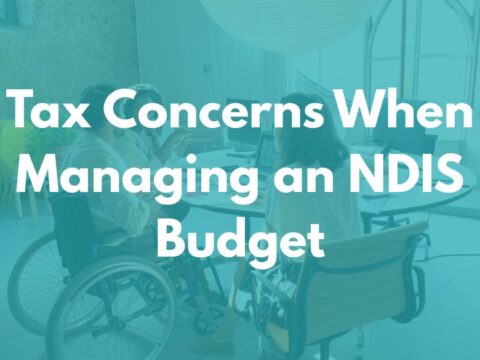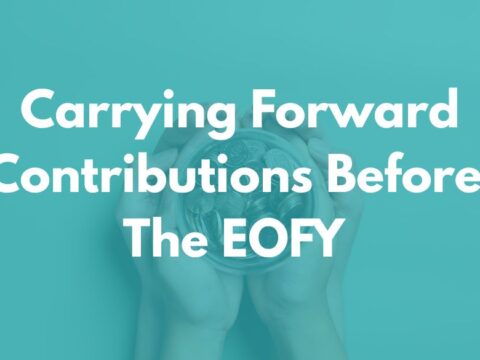FBT Preparation (What You Need To Do Before 31 March)
As 31 March approaches, businesses need to prepare for their Fringe Benefits Tax (FBT) obligations to ensure compliance with the Australian Taxation Office (ATO).
The FBT year runs from 1 April to 31 March, and preparing ahead of time can help businesses avoid costly mistakes, reduce their FBT liability, and ensure all required records are in place.
Whether you’re providing company cars, entertainment benefits, or employee loans, here’s what you need to do before the FBT year-end.
1. Review Your Fringe Benefits
A fringe benefit is any non-cash benefit provided to employees (or their associates, such as family members) in connection with their employment. Some common types of fringe benefits include:
- Company cars used for private purposes
- Entertainment expenses, such as meals, tickets, and events
- Employee loans with low or no interest
- Salary packaging arrangements
- Housing benefits or rent assistance
What You Should Do: Identify all fringe benefits provided during the FBT year and determine their taxable value.
2. Ensure Accurate Record-Keeping
The ATO requires businesses to keep proper records to support FBT calculations. Before 31 March, make sure you have:
- Logbooks for company vehicles (if using the operating cost method)
- Receipts and invoices for entertainment expenses
- Employee declarations (e.g., if employees make contributions towards benefits)
- Documentation for salary sacrifice arrangements
What You Should Do: Double-check that all required records are complete and up to date.
3. Assess the Taxable Value of Benefits
The value of fringe benefits can be calculated using different methods, depending on the type of benefit. Some benefits have specific valuation rules, while others allow businesses to choose between methods.
For example:
- Company cars: Use either the statutory method (based on a percentage of the car’s cost) or the operating cost method (based on actual running costs and business use percentage).
- Entertainment: The actual cost method or 50/50 split method can be used.
- Loans to employees: Interest rates should be compared to the benchmark interest rate set by the ATO.
What You Should Do: Determine the best valuation method for each benefit to minimise your FBT liability.
4. Consider Employee Contributions
Employees can reduce the FBT liability on certain benefits by making post-tax contributions. For example, if an employee reimburses the business for private car use, the taxable value of the benefit is reduced.
What You Should Do: If applicable, ensure employee contributions are processed before 31 March and properly documented.
5. Identify Available FBT Exemptions & Reductions
Some benefits are exempt from FBT or receive concessional treatment, including:
- Work-related items such as laptops, phones, and tablets
- Public transport or parking benefits under certain conditions
- Benefits provided to employees of not-for-profit organisations (which may have FBT concessions)
Additionally, small businesses (with turnover under $50 million) can access exemptions on certain work-related portable devices.
What You Should Do: Review whether your business qualifies for any exemptions or reductions to lower your FBT liability.
6. Prepare for Lodgement and Payment
The FBT return is due by 21 May 2025 if lodged manually, or by 25 June 2025 if lodged electronically through a tax agent. Any FBT payable should be accounted for in your business’s financial planning.
What You Should Do: If your business has an FBT liability, prepare to lodge the return on time and set aside funds for payment.
Preparing for FBT before 31 March ensures compliance, reduces tax liabilities, and prevents last-minute stress. Businesses can effectively manage their FBT obligations by reviewing fringe benefits, keeping accurate records, considering valuation methods, and identifying exemptions.
If you need help assessing your FBT liability or preparing your FBT return, contact a professional accountant to ensure you’re meeting all requirements while minimising costs. We’re here to help – find out how.
IMPORTANT NOTICE
This blog post contains general information only and has been prepared by Allworths without reference to your objectives, financial situation or needs. Allworths cannot guarantee the accuracy, completeness or timeliness of the information contained here. By making this information available to you, we are not providing professional advice or recommendations. Before acting on any of the information contained here, you should seek professional advice.




